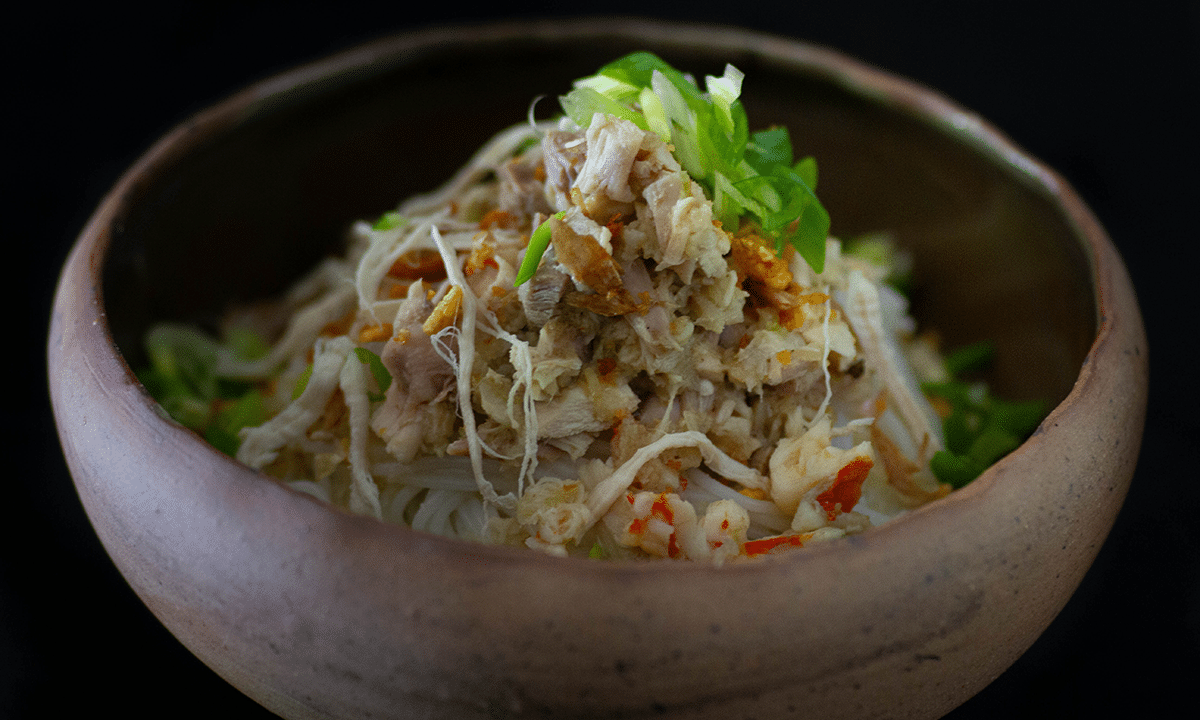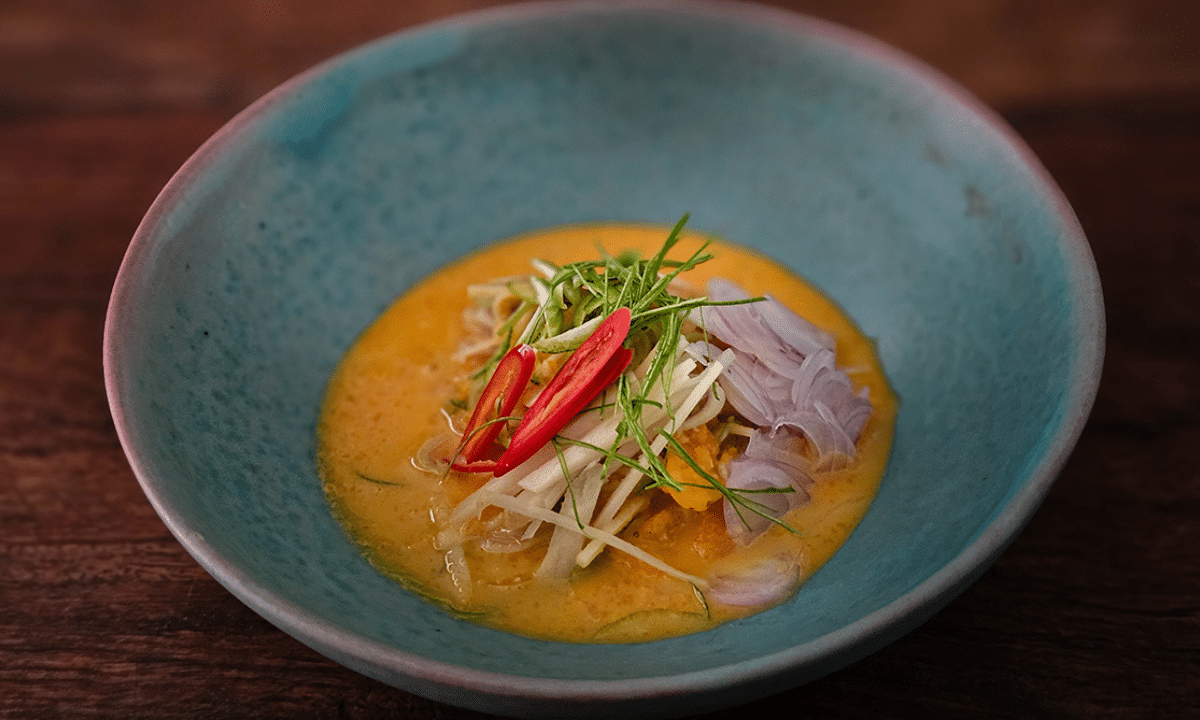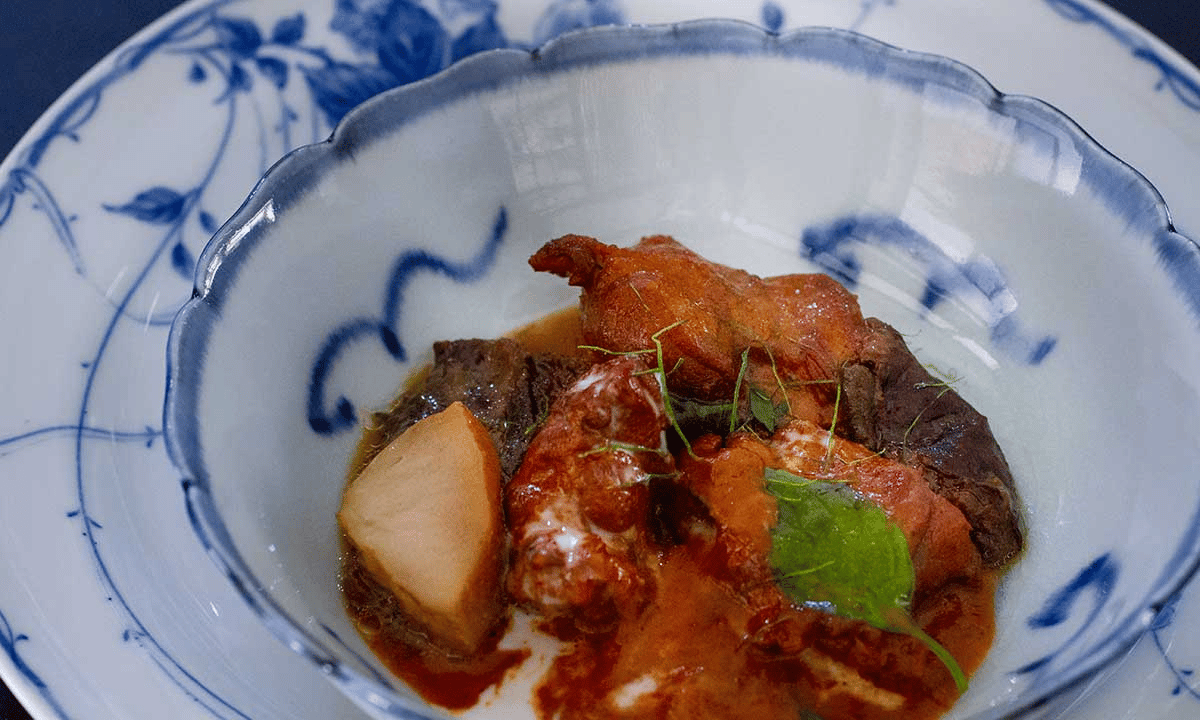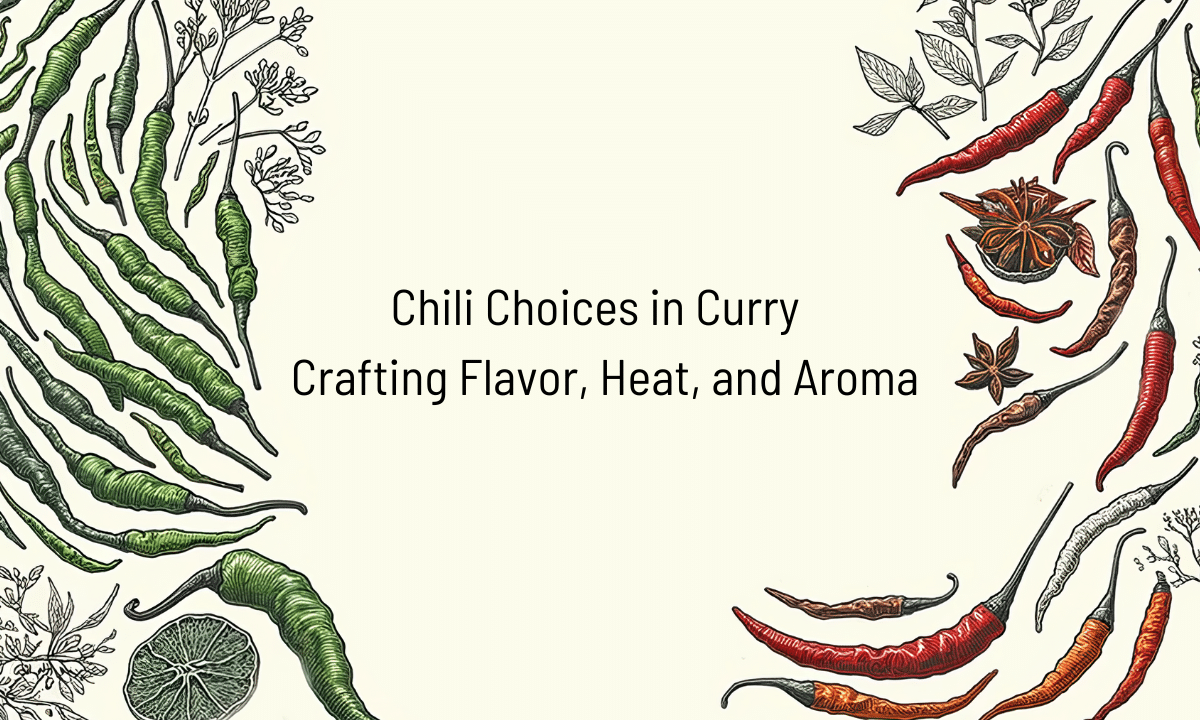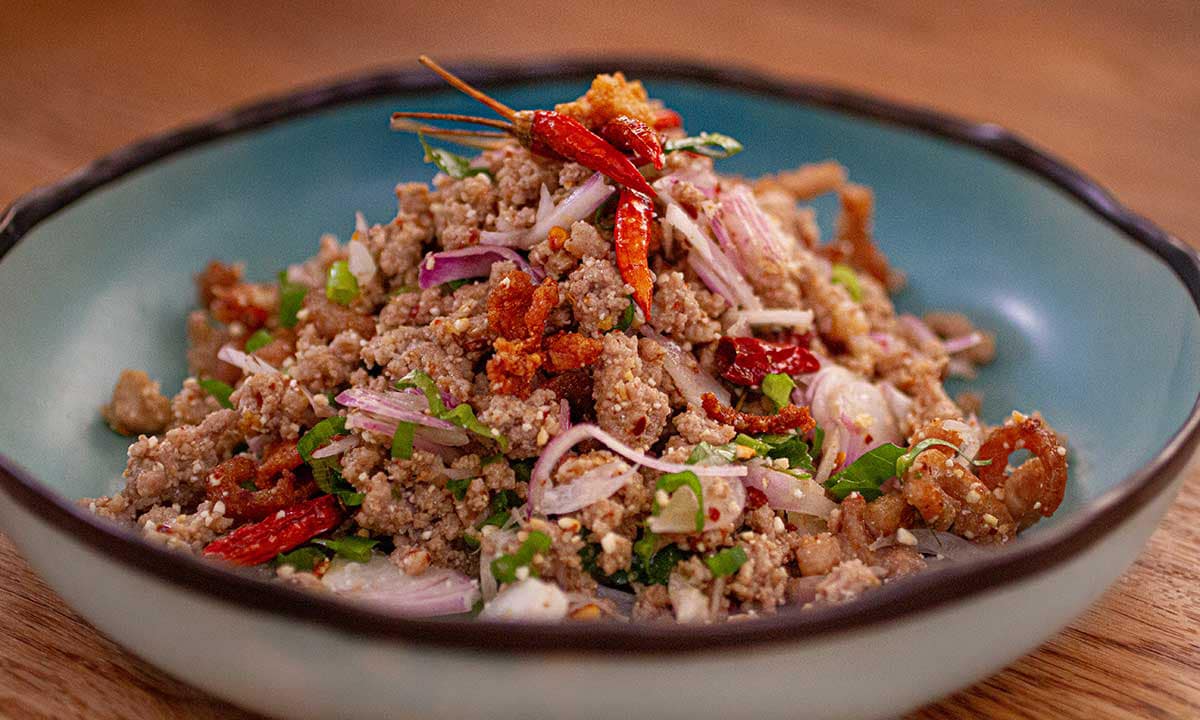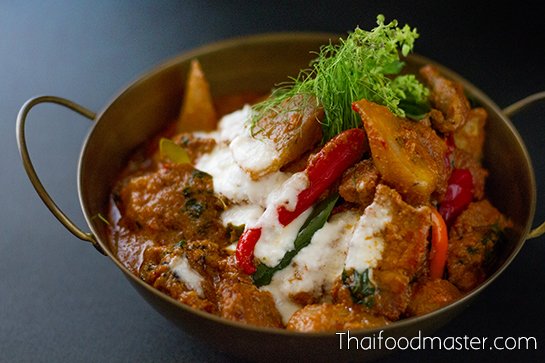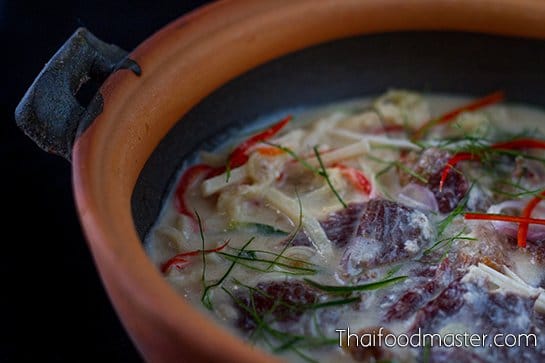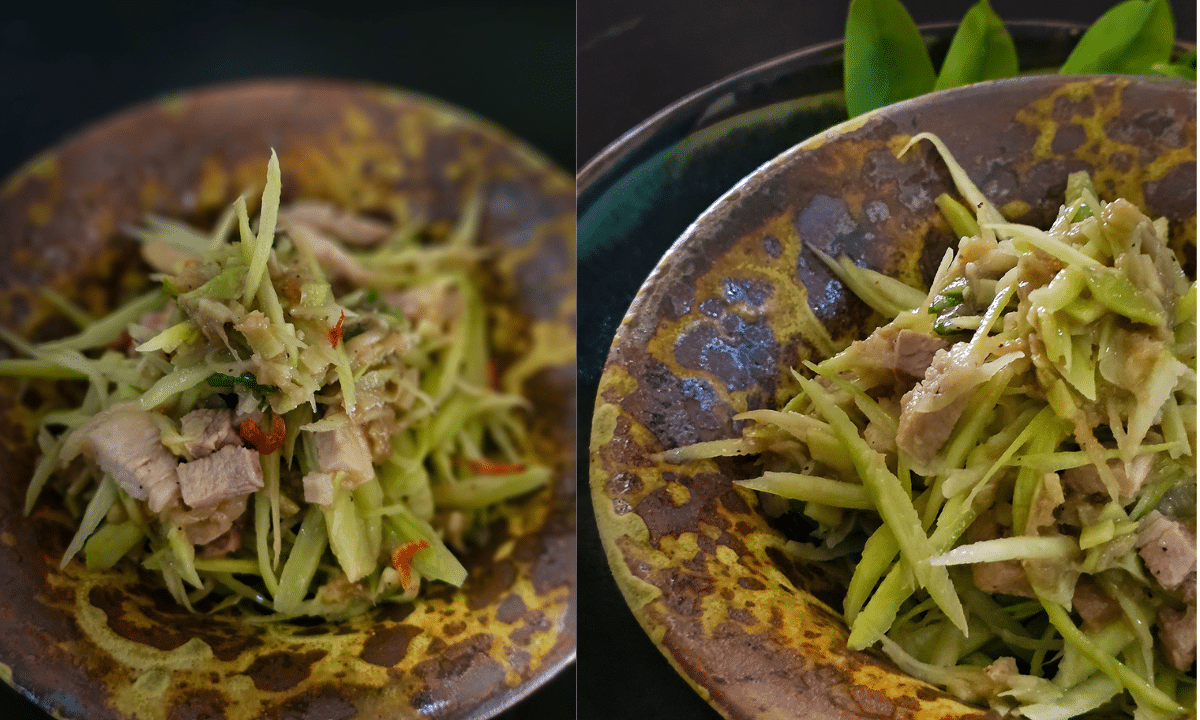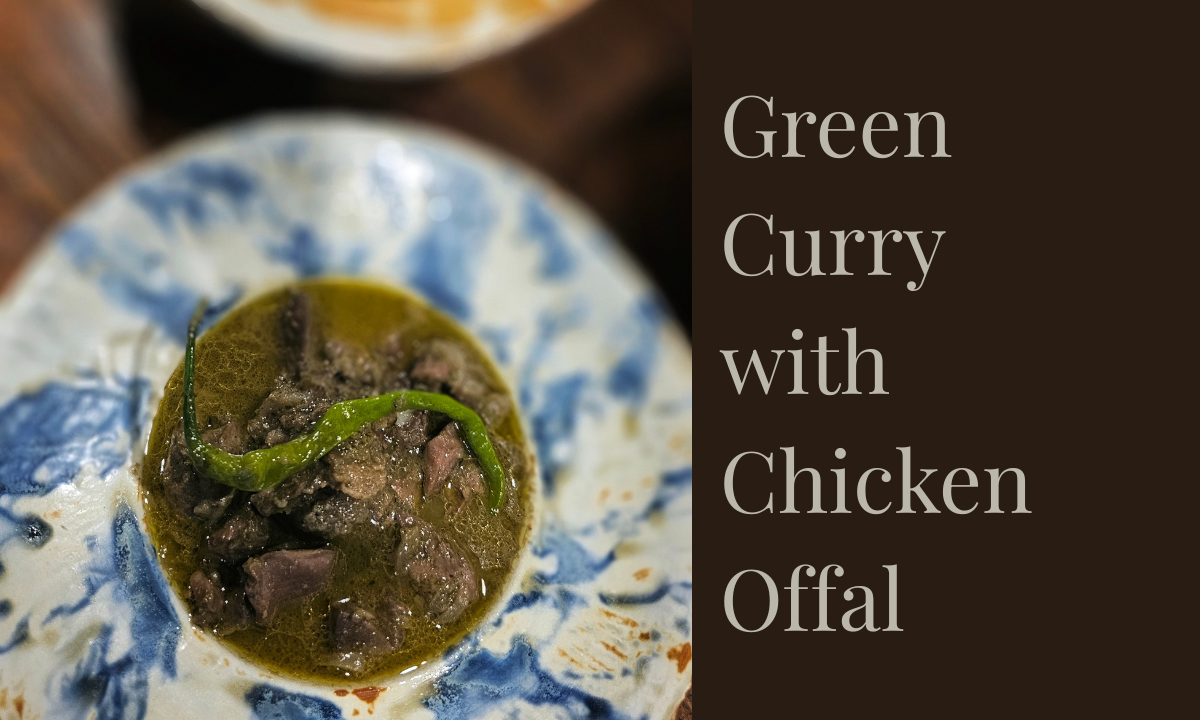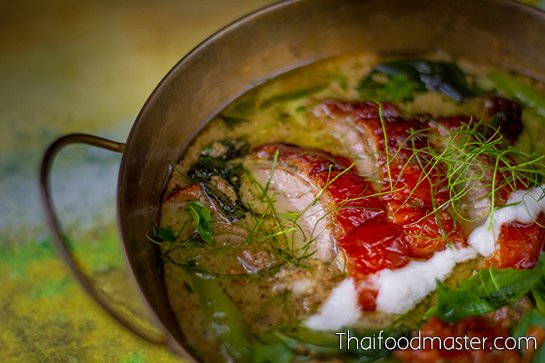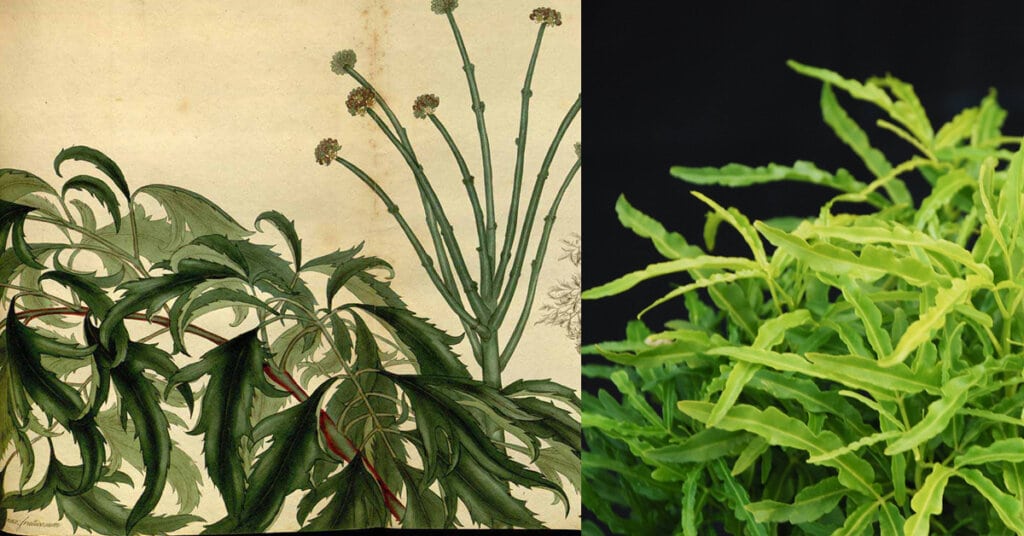
[expander_maker id=”3″]
Polyscias fruticosa, or Ming aralia, is a perennial plant, dicot evergreen shrub or dwarf tree native to India. The plant grows fairly slowly but can reach up to 1 to 2 meters in height. The leaves are of a dark green pigment, glossy in texture, and are tripinnate and appear divided. Individual leaves vary from narrowly ovate to lanceolate and are about 10 cm long. [1]wikipedia
The name Polyscias means many-shaded, in reference to the foliage found on these plants. Their stalks carry compound leaves with up to seven (or more) opposite leaflets. In several species the leaves are deeply lobed. There are about six species of the genus Polyscias that are actively cultivated. The genus contains a variety of tropical plants which include about 80 species from the Pacific islands and Southeast Asia. [2]wikipedia
In Asian countries, the leaves of the Polyscias fruticosa are used as a tonic, anti-inflammatory, antitoxin, and an antibacterial ointment. They have also been proven to be an aid in digestion. The root is also used as a diuretic, febrifuge, anti-dysentery, and is employed for neuralgia and rheumatic pains. Along with medicinal purposes, Polyscias fruticosa is also used as an ornamental plant and a spice. [3]wikipedia
In experiments with rodents, root extract of Polyscias fruticosa (Vietnamese= Dinh lang) has been demonstrated to extend life span. [4]wikipedia
A recent study on this plant by Vo Duy Huan and colleagues, has afforded to known oleanolic acid saponins from the leaves, and polyacetylenes from the roots. This shows antibacterial and antifungal activities. The volatile leaf oils were also studied and isolated to find eight new oleanolic acid saponins, named polysciosides A to H, and three known saponins. [5]wikipedia
In Cooking: deep-fried, blanched, or the young leaves can be consumed raw.
The information on this website has been compiled from reliable sources, such as reference works on medicinal plants. It is not a substitute for medical advice or treatment and Thaifoodmaster does not purport to provide any medical advice.
[/expander_maker]
References
